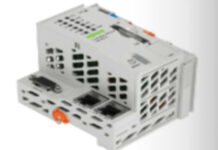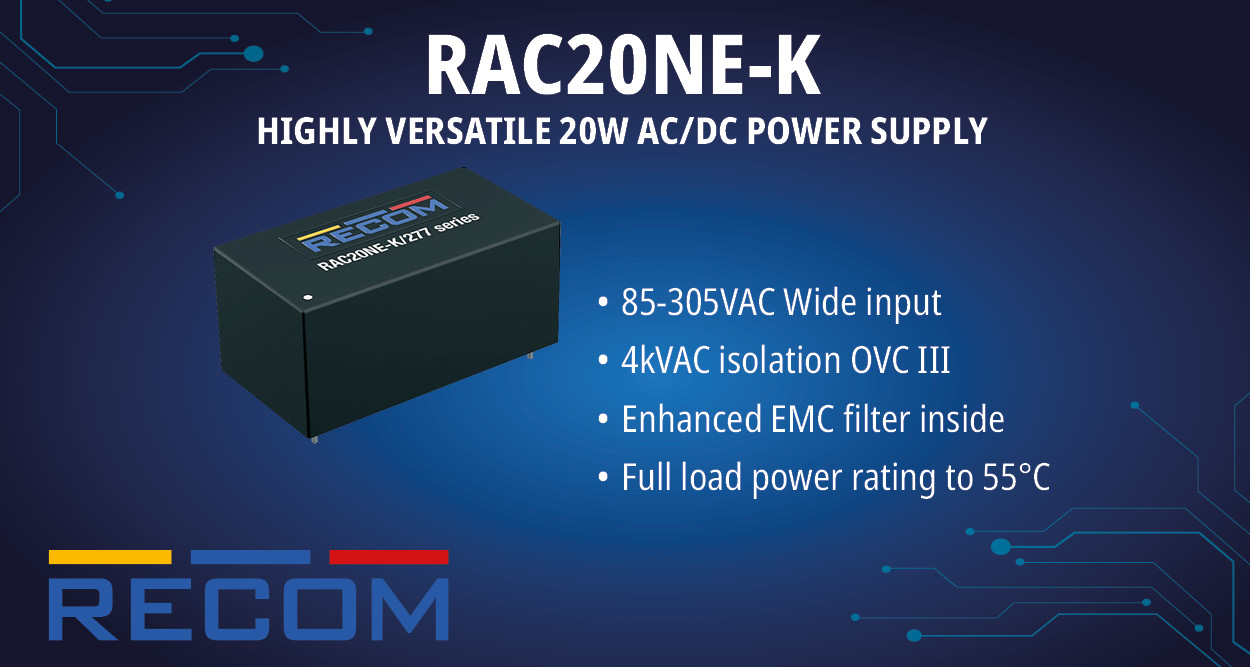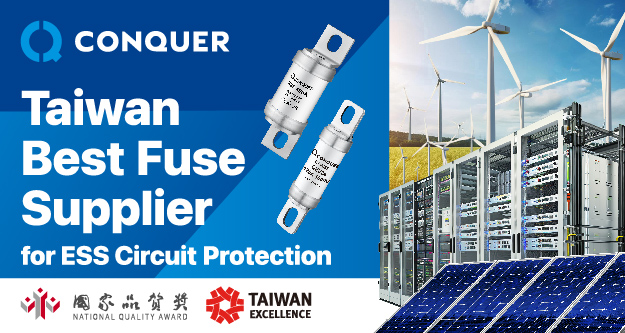The LED lighting industry has undergone a transformative evolution, driven by advancements in semiconductor technology, material sciences, and precision manufacturing. As the demand for energy-efficient and high-performance lighting solutions grows, manufacturers are leveraging cutting-edge techniques to enhance the efficiency, durability, and adaptability of LED systems. This shift is not only redefining illumination standards but also setting the stage for intelligent and sustainable lighting solutions. Consegic Business Intelligence analyses that the LED Lighting Market size is estimated to reach over USD 155.70 Billion by 2032 from a value of USD 84.46 Billion in 2024 and is projected to grow by USD 89.70 Billion in 2025, growing at a CAGR of 8.7% from 2025 to 2032.
Innovations in LED Chip Manufacturing
At the core of LED advancements lies the continuous refinement of semiconductor fabrication techniques. Traditional LED chips relied on sapphire or silicon substrates, but modern manufacturing has seen the emergence of gallium nitride-on-silicon (GaN-on-Si) technology. GaN-on-Si offers superior thermal management, cost efficiency, and scalability, making it a viable alternative to conventional substrates.
Additionally, micro-LED technology has emerged as a game-changer, enabling ultra-compact and high-efficiency lighting solutions. Unlike traditional LEDs, micro-LEDs are self-emissive and offer enhanced brightness, reduced power consumption, and greater longevity. These innovations are paving the way for applications in automotive, display technology, and high-precision industrial lighting.
Precision Manufacturing and Automation
The integration of automation and robotics in LED manufacturing has significantly improved production efficiency and consistency. Automated pick-and-place systems, coupled with AI-driven quality inspection, ensure that LED chips are assembled with micron-level accuracy, minimizing defects and enhancing yield rates.
Furthermore, advancements in wafer-level packaging (WLP) and chip-on-board (COB) technology have streamlined manufacturing processes, reducing material waste and improving thermal dissipation. These developments enhance LED module reliability, particularly in high-intensity applications such as street lighting and industrial illumination.
Thermal Management and Efficiency Enhancements
One of the primary challenges in LED lighting is thermal management. Excessive heat can degrade LED performance and reduce lifespan. To address this, manufacturers are employing advanced heat sink designs, phase-change materials, and nano-coatings to optimize heat dissipation.
Moreover, phosphor-converted LEDs (PC-LEDs) are enhancing luminous efficacy by converting blue LED emissions into a broad spectrum of visible light. Quantum dot-enhanced LEDs (QD-LEDs) further improve color accuracy and efficiency, making them ideal for applications requiring high color fidelity, such as medical lighting and display panels.
Smart Integration and Future Prospects
The future of LED lighting extends beyond mere illumination; it is becoming an integral part of the Internet of Things (IoT). Smart LED systems now incorporate Li-Fi (Light Fidelity) technology, enabling high-speed data transmission via visible light communication (VLC). This innovation has significant implications for secure wireless communication in smart cities and industrial automation.
Additionally, tunable white LEDs and human-centric lighting (HCL) solutions are being developed to optimize circadian rhythms, improving productivity and well-being in commercial and residential spaces. With advancements in AI and sensor integration, LED lighting is evolving into an adaptive and intelligent infrastructure component.
Conclusion
Advanced manufacturing is shaping the LED lighting industry by enhancing efficiency, reliability, and functionality. From semiconductor breakthroughs to automation-driven precision, the sector continues to push the boundaries of innovation. As the industry embraces smart and sustainable solutions, LED lighting will remain at the forefront of energy-efficient and adaptive illumination technologies.
Source: LED Lighting Market

















